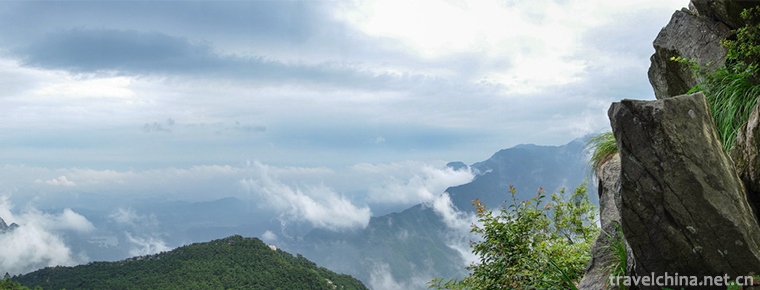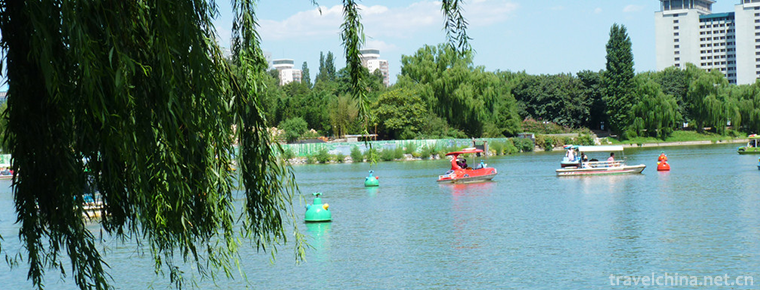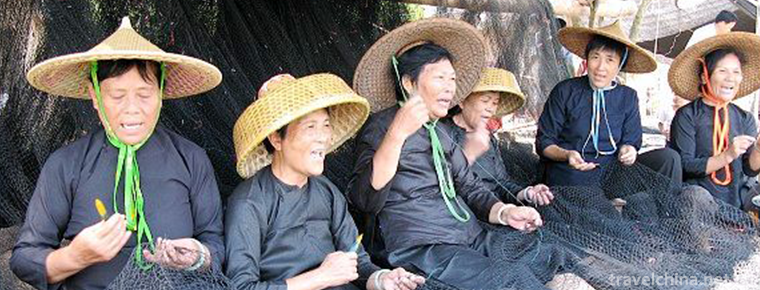2018-10-30

- By ChinaWiki.net
- Chinese Edition
- 2020-12-19
Climate in Guang'an
Guang'an City belongs to the humid monsoon climate zone of middle subtropical zone, with mild climate and suitable for agriculture in four seasons. In summer, it is affected by the Pacific subtropical high, the Qinghai Tibet high, the plateau fluctuation, and the southwest warm and humid air flow alternately. The rainfall is abundant and the heat is sufficient, forming a climate of light, heat and water in the same season, which is suitable for the growth and development of spring crops. The annual precipitation is 1051.6-1281.0 mm, but the annual difference is large, the maximum year is 1551.4 mm, the minimum is only 657.2 mm. The longest continuous precipitation days are 31 days, the maximum precipitation in three days is 503.1 mm, and the maximum precipitation in one day is 297.4 mm. The average annual sunshine hours of the whole city is 1181.8 hours, about 60% less than that in the middle and lower reaches of the Yangtze River at the same latitude.
Ask a Question
Your email address will not be published.



0 Questions